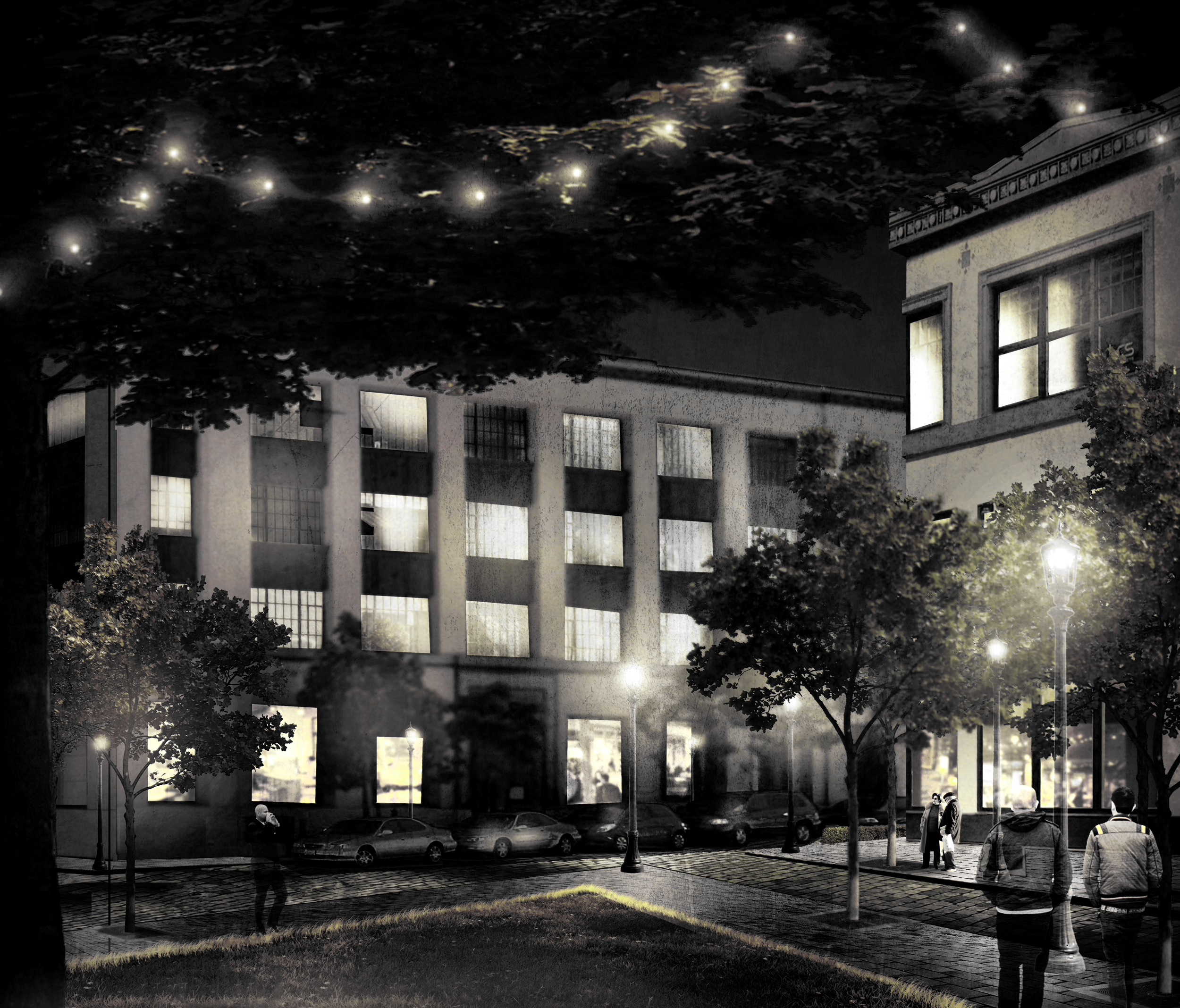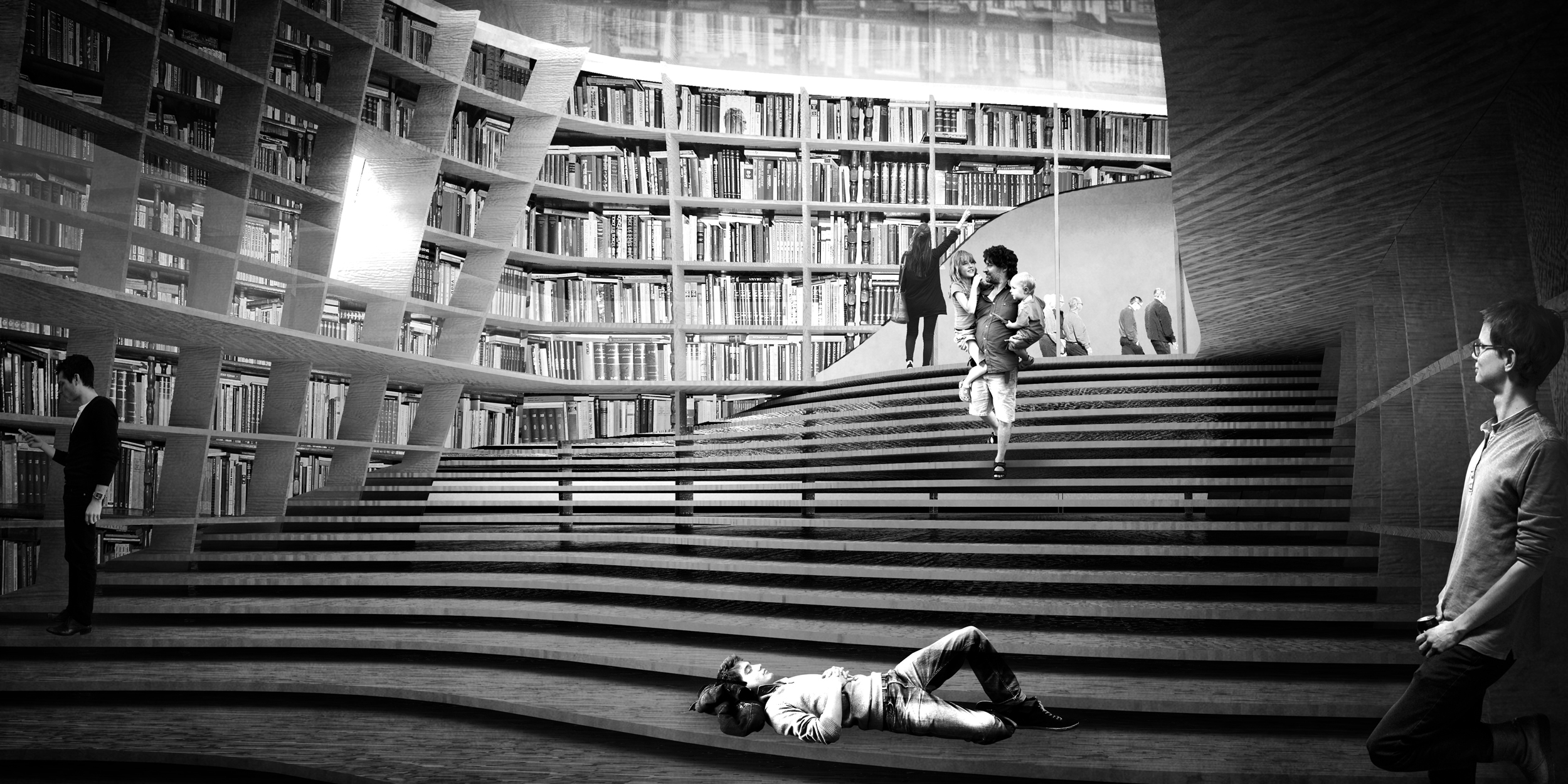Swerve - Pacific Highway 99 Masterplan

The "street" is dead in America. Our automobile centric highways stifle culture and strangle the life from cities.
Arterials are the urban deserts of the United States, and Highway 99 in Eugene, Oregon is no different. Beauty is sparse in this environment, as are trees and people among the cars that speed past. Abandoned buildings, empty parking lots, and overhead power lines are common.
This is wrong.
Lets change it.
Commended | Archived by the University of Oregon | Displayed at the Atrium city building in Eugene, Oregon
Teammates: Andrew Friedenberg, Nick Turrell
The importance of a great street or boulevard is unparalleled.
The Champs Elysees, La Rambla, Regent Street are great streets. These streets define places and cultures that other things simply cannot. By designing a "great" street, we are elevating an entire neighborhood. The importance of this approach to our site means we can redefine a currently neglected district of a city and transform it into a place that someone would be proud to call home. Our ultimate goal for this project is to provide a framework for the rejuvenation of the area's current environment, economical, and social condition.
SWERVE will transform the arterial along Highway 99 from an urban desert into a thriving destination. The vision for this project relies on a few radical changes made early on in the process.
Street Section cut through West node - the split highway creates bounded spaces for cultural incubation.
Three distinct nodes developed over a 2 mile stretch of highway
PhaseONE
The new split highway and a localized street fabric will be constructed during the first phase of development in order to set up the framework for the three nodal centers in-between. Properties critical to the highway’s installation will be removed.
PhaseTWO
Initial growth and development is catalyzed within the area sset between the split highway due to the dense fabric of the three nodes created by the highway and BRT Rapid Transit System. Existing buildings will gradually comply with new regulations when they need renovations.
PhaseTHREE
Further development within and surrounding the nodes will continue in Phase Three. Additional local streets connecting the nodes with existing neighborhoods will help integrate the surrounding community.
2050PhaseFour
The concentrated islands of urban fabric come to fruition during the final phase of development. The continuation of growth throughout the area and expansion to include areas between the nodes will allow the development to fully embrace the existing community. Central areas within the nodes are left as open public green spaces as places to gather. They are tightly framed to create enclosed bounded spaces that the BRT transit stops feed into. The central node in particular would be completely remade with a newly renovated Gilbert Center as the focal attraction.










